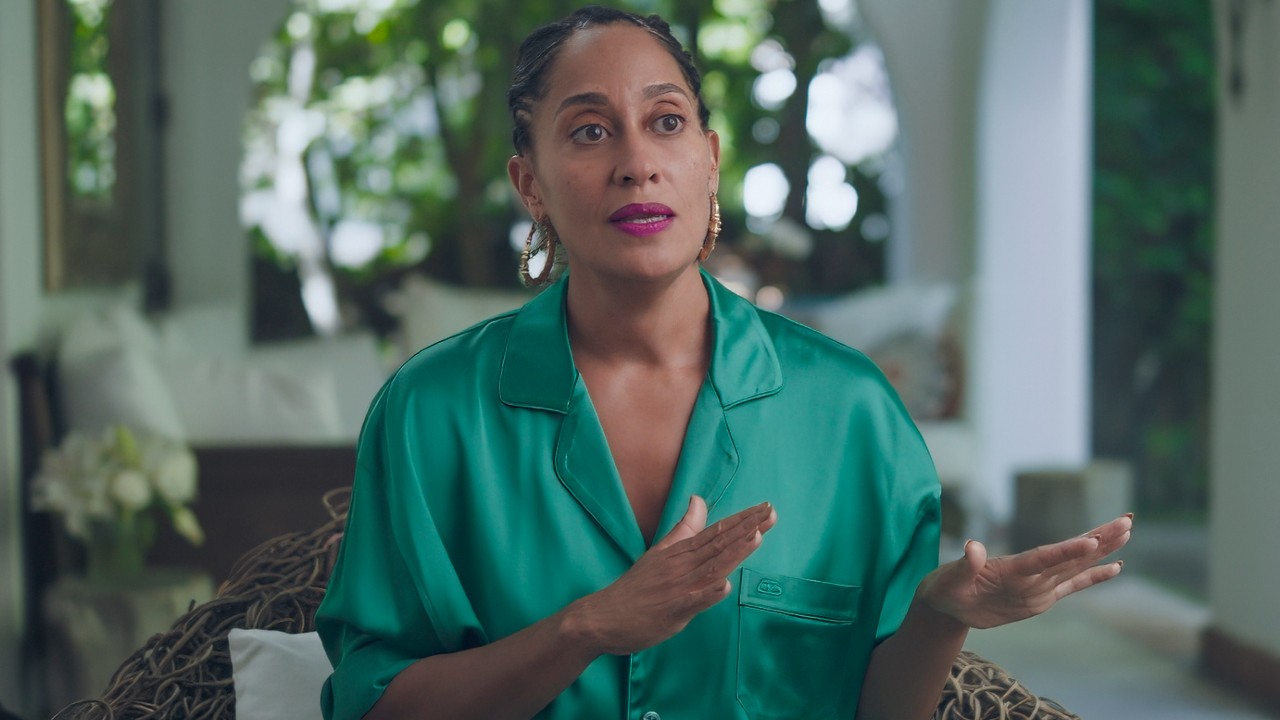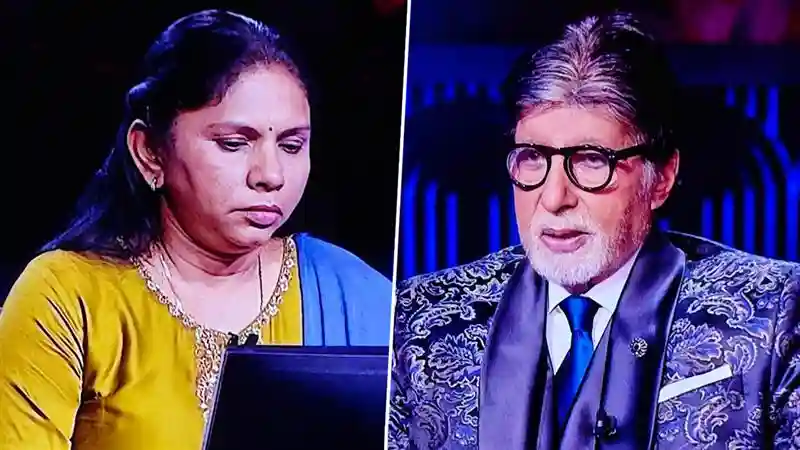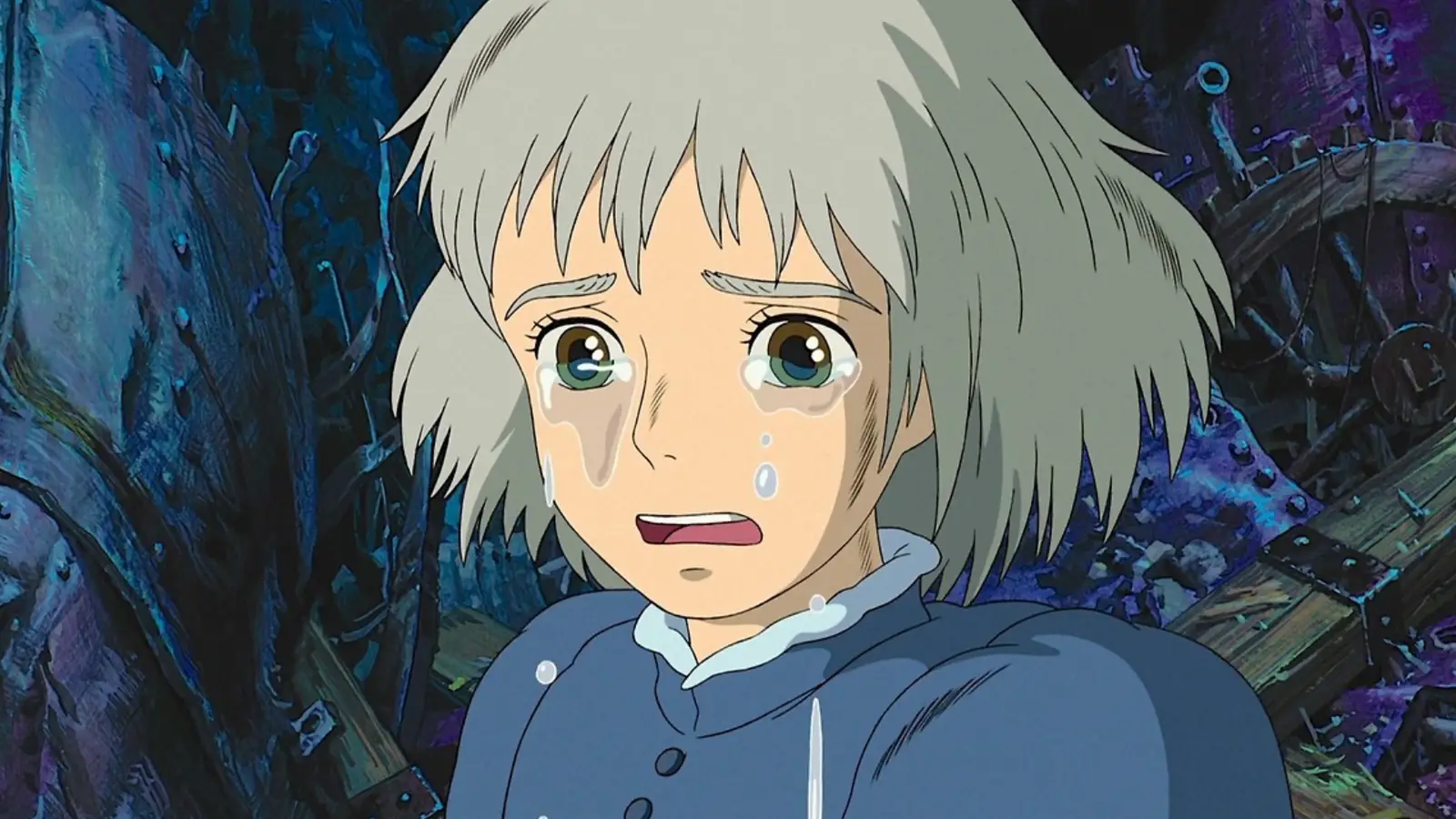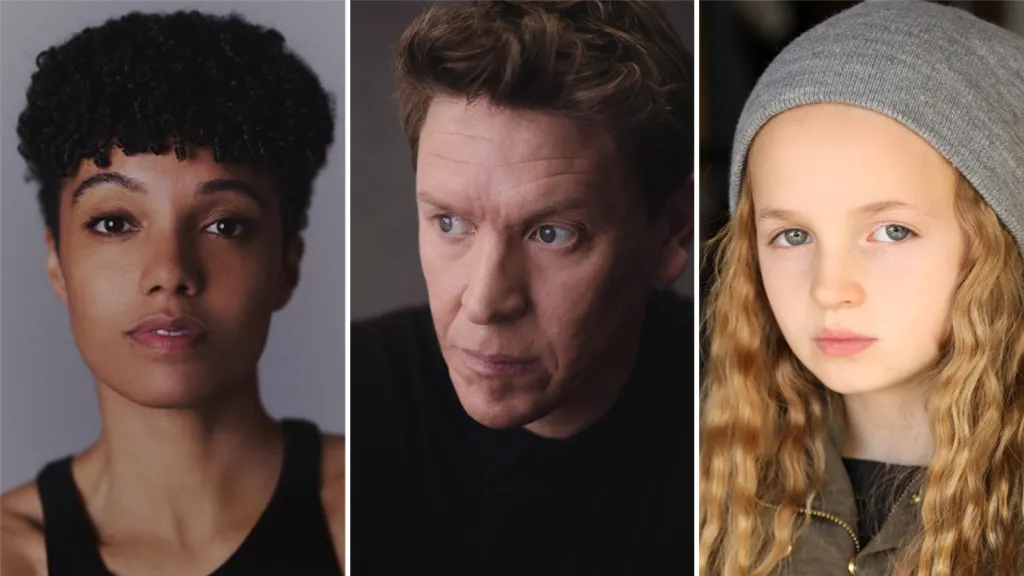After Watching HBO’s Seen And Heard, I Need To Discuss A Key Point Made About Black Representation On TV

Sean & Heard: The History of Black Television is one of the latest documentaries from HBO. As its title suggests, the two-part doc – which is helmed by Giselle Bailey and Phil Bertelsen – chronicles the impact African Americans have had on TV. The doc highlights classic Black TV shows and features interviews with Issa Rae (an EP on the doc), Oprah Winfrey, Cord Jefferson and more. Keen aspects of representation are also discussed, including an unfortunate trend.
There’s A Serious Subject That’s Highlighted In Seen & Heard
I really appreciated Seen & Heard recognizing shows I’ve long enjoyed. Beyond that, though, the filmmakers also make a point to discuss how infrequently Black-led series are produced by major networks. Make no mistake, ABC, NBC, HBO and more have aired shows with Black talent in recent years. Even now, Abbott Elementary is set to enter its fifth season amid the 2025 TV schedule.
However, Hollywood has historically gone through stints in which it props up Black-led productions more strongly than it does at other times. It goes without saying that shows with predominantly white casts produced by white creatives remain commonplace throughout different eras of TV. When it comes to Black-fronted shows, though, it feels like they’re “in style” at one time and then fall “out of style” after several years, only for that cycle to repeat itself at some point.
There have also been cases in which network execs have used predominantly Black TV shows to prop up their fledgling networks only to later discard them for series with mostly white talent. For example, as noted in Seen & Heard, Fox (which was founded in 1986) built momentum in great part by producing Black sitcoms like Martin, Roc and Living Single, which played very well in Black households. Such programming would become scarce in the 2000s, though (aside from an outlier like The Bernie Mac Show) as NFL football and series like Malcolm in the Middle, That ‘70s Show, The O.C. and House.
Even the execs of the now-defunct The WB utilized Black sitcoms in the ‘90s as a way of establishing the network. Sister, Sister, The Wayans Bros., The Jamie Foxx Show and Smart Guy are just a few of the titles that fall into that category. Yet such shows started fizzling out, as the network began ushering in series like Charmed, Dawson’s Creek, What I Like About You and Gilmore Girls.
What’s The Solution To This Lingering Black Representation Trend?
The question above is loaded, and the quest for consistent Black representation isn’t easy. However, I’d say the key to this is to ensure there are African American people in high places. There’s clearly no shortage of Black talent, especially in an entertainment ecosystem where Quinta Brunson, Donald Glover, Shonda Rhimes and Justin Simien are doing great work on TV. Still, while it’s great to have Black actresses and actors, there should also be creatives with the power to make big decisions about what gets greenlit.
Ownership, which Tyler Perry and others discuss in Seen & Heard, is tangential to the aforementioned point as it ensures that Black creatives maintain a large amount of control over their IP. Such control is hard (for anyone) to attain, but it’s not impossible.
I, of course, don’t want to make it seem like there’s no kind of Black representation on TV right now, as that’s certainly not the case. However, I’ll feel a lot better when we reach a point in time at which viewers like myself won’t have to wonder whether there will be another low point for Black content.



